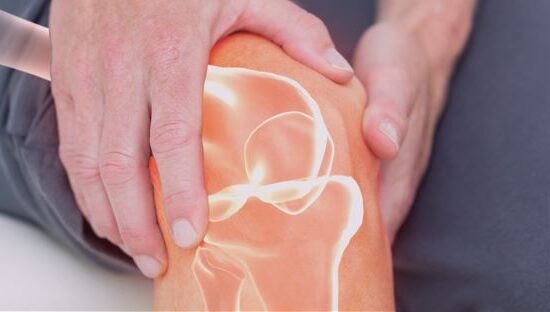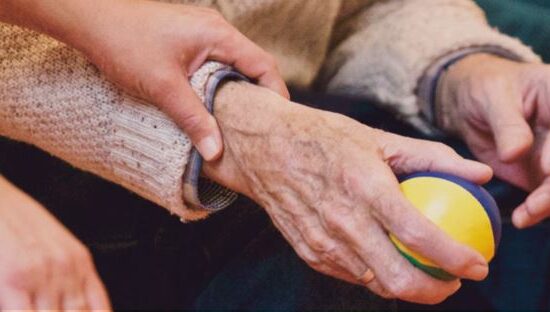What is leg axis deviation?
Any deformation, deviation or torsion affecting one of the lower limbs causes a deviation of the body’s longitudinal axis.
Where does it come from?
In the notion of postural balance, the body must be considered in a three-dimensional perspective, not only frontally but in terms of rotation. The interdependence of the joints must also be taken into account: a flat foot causes a misalignment of the axis of the lower limb, from the foot to the lumbar region.
How can it be recognized?
The signs of axis deviation of one or both of the lower limbs may certainly be visible with the naked eye, but it is mainly the painful symptoms that indicate the presence of an imbalance. It is important to pay close attention to the location of the pain and its form to facilitate the diagnosis of the problem involved.
Treatment solutions for leg axis deviation
- Opt for a foot orthosis
Evaluation of posture and gait allows the design of a custom-made foot orthosis that seeks to optimize postural balance. Realignment of the lower limbs, regardless of the deviation (genu valgum, genu varum, genu flexum, genu recurvatum or deviation of the pelvis), helps eliminate many sources of tension and pressure that may cause pain in the lumbar region.








